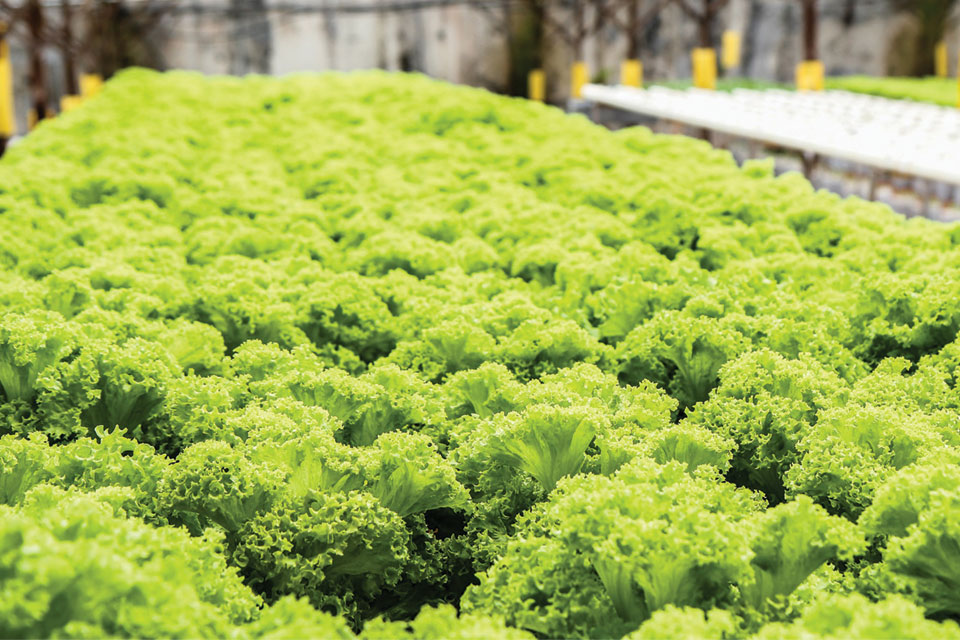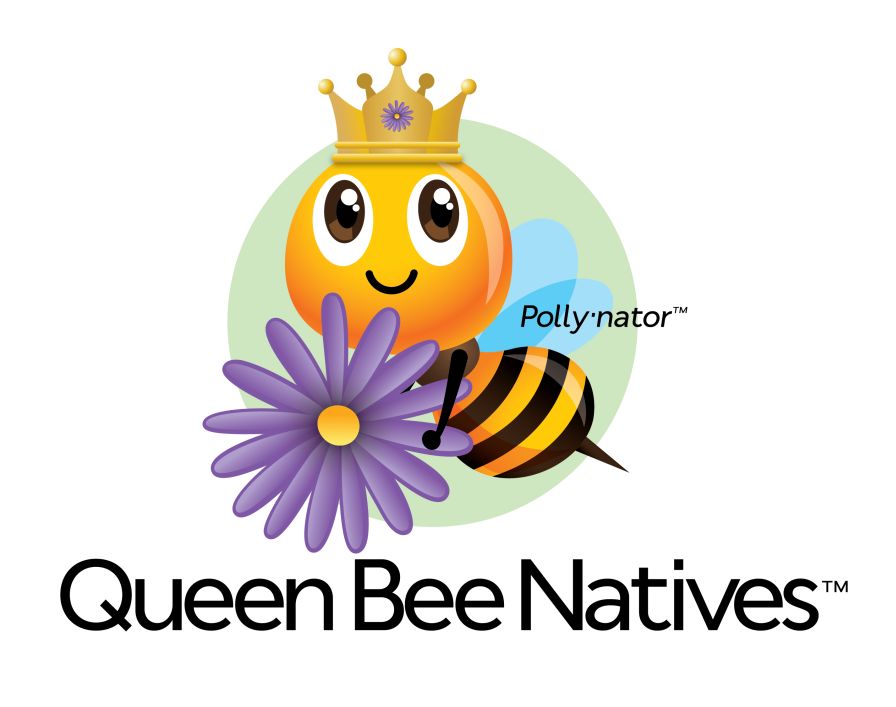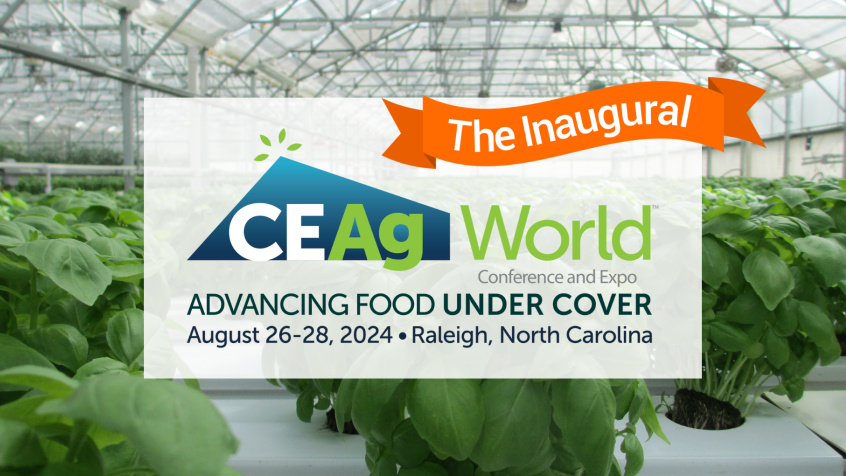How You Can Embrace Greenhouse Food Production With Confidence

The popularity of hydroponic and controlled-environment food crop production has increased dramatically in recent years, which means more growers are adding vegetables to their production schedules.
Transition is an interesting thing. Leaving the old and familiar for the new and less known, or unknown, is riddled with challenges and opportunities. I am no expert in transition in an academic sense — all of my degrees are in horticulture. However, moving from graduate student to faculty member, and from single and childless to married with twin daughters, have provided fairly notable recent transitions. While I could certainly write articles about these experiences, I want to focus on another change we likely have in common — the transition from flowers to food, and what that means for greenhouse growers.
The popularity of hydroponic and controlled-environment food crop production has increased dramatically in recent years. There is a myriad of factors contributing to the rise (or return) in popularity of growing food crops. Regardless of the reason, with each passing week, more food crops are being grown in greenhouses. But this transition is also creating challenges for growers and testing their strengths, knowledge, and facilities.
Learning balance, maintaining a learning mindset, and seeking out support are some key factors in transition that will best serve you in times of change.
Learn Balance
Shifting from floriculture crops to food crops poses a definite learning curve. To me, part of that is learning to balance production cycles to consistently turn out harvestable crops. With floriculture crops, we tend to think of discreet crop production periods. We go from poinsettia season, to bedding plant season, to mum season (or maybe just summer vacation season).
With food crops, the same crops are produced year-round, across the seasons. We also tend to think of crop production that begins with planting and ends with plants flowering and becoming marketable. You may have a few crop turns are at different stages in the greenhouse. When growing food crops, whether it is a house full of butterhead lettuce or cluster tomatoes, production does not neatly and discreetly begin and end. Rather, we are always in a continuum of harvest, trying to have consistent weekly yields. We also see the need to balance the growth of food crops. For leafy greens and herbs, we are trying to balance out yield across the seasons as light and temperatures change, while we try to balance between vegetative and reproductive growth with fruiting vine crops.
Maintain a Learning Mindset
A learning mindset is another tool for transitioning into food crops. I would like to start by saying: “Yes! Your knowledge of producing floriculture crops will absolutely help you!”
I tell students it shouldn’t matter what type of plant they are learning about growing; they can translate their knowledge of plant production to different crops. The fundamentals do not change. That being said, there are definitely differences between growing food and flower crops and these differences should be recognized and respected. This is where the learning mindset comes to the rescue. The transition into growing food crops will require you to learn new production systems, new environmental and cultural management, and new species. While many growers have produced tomatoes before, a 6-pack or 4-inch container is very different from a 12-foot-tall fruiting plant. There is a wealth of resources out there to take advantage of for learning.
Seek Out Support
Another important part of a successful transition is to solicit support. Having twins has definitely driven this lesson home. But, to get back to plants, look for support to assist with your transitions.
This support can come in a number of different forms. It may be the same materials you are using to learn. The support of people can also help you transition. This type of support can come from employees who are ready to transition with you on your journey. Support can come from your fellow growers, who can act as a sounding board for ideas or for your frustrations. Extension educators and faculty members working on food crops are another great source and may be able to provide some insight on your plans and suggestions for how to proceed.
Transitions are not always easy. Rather, it can be hard to leave the familiar and well-known for the new and unknown. Yet there is an excitement about transitions, such as the stimulation of a new crop or the promise of new revenue and income streams. Finally, getting through a transition period to see a new venture blossom successfully is one of the most gratifying experiences, as it is a reminder of the promise and potential we all hold.










